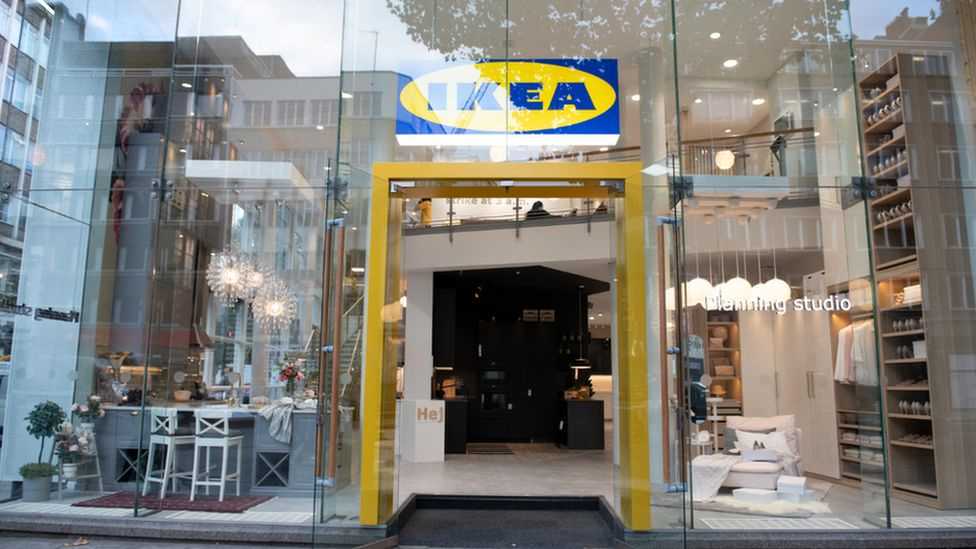by Andy Kriege, YourSourceNews
Swedish furniture giant spending $3B+ to retool its stores
Following a surge in online shopping during the pandemic, when consumers were trying to avoid trips to the store, IKEA is investing in its physical locations to make them more e-commerce friendly.
The Swedish furniture giant is planning to spend about $3.2 billion to redesign its big-box stores to double as online distribution hubs. In addition, there are plans to add new, smaller-footprint locations called “studio planning stores” in urban centers around the world.
The in-store fulfillment centers will be co-located in existing suburban stores, serving as a last-mile distribution network for online orders. Conversely, the new small-format stores will be built in downtown locations in major cities to showcase the company’s goods and offer them for sale in-store and online.
IKEA’s latest investment in its global brick-and-mortar locations aligns with the seismic shift in consumer behavior that the retail industry has witnessed since the start of the pandemic. As e-commerce continues to boom, many consumers now prefer the convenience of retrieving their online orders at nearby stores, rather than waiting for product to be shipped to their homes.
“It’s all about creating a dual role for our stores,” Tolga Öncü, retail operations manager for Ingka Holdings, IKEA’s largest franchisee, told The Wall Street Journal. Ingka is looking to modify between 30% and 40% of its big-box stores to accommodate new additions like parcel distribution centers, the newspaper reported.
Rather than increase the footprint of existing stores, Ingka plans to redistribute existing space. It hopes to complete its expansion plans by the end of next year.
IKEA said the retail chain is making the adjustments to align with post-pandemic shopping preferences that include an increase in online purchases and demand for faster deliveries. The company projects the changes will allow customers to receive online orders in half the time while shaving 40% off delivery costs.
While IKEA benefited from record demand for its ready-to-assemble furniture and home accessories during the pandemic, it too, like most retailers, has been struggling with supply-chain disruptions and surging inflation. To combat higher costs, the retailer recently announced price increases averaging 9%.
“We see many of our stores playing a dual role, giving our customers the best of both physical and online retailing,” Öncü said. “The investment will support not only an inspiring in-store IKEA experience but also a faster and more affordable shipping of online orders directly from our stores.”
IKEA said its physical stores will continue to remain an essential part of its business model. By giving its brick-and-mortar locations double duty as e-commerce distribution points, the company is better positioned to meet consumers’ expectations for a seamless omnichannel shopping experience.
Source: The Wall Street Journal
